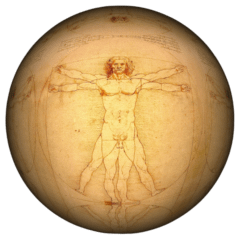Ancient Egyptians placed great importance on clothing as it was seen as a reflection of one’s status and profession. Men in ancient Egypt typically wore linen garments, which were light, comfortable, and cool in the hot climate. The length and quality of the linen garment indicated one’s social status.
The pharaoh, as the most important figure in ancient Egypt, wore elaborate and ornate clothing, including a headdress with a cobra on it, a false beard, and a pleated kilt. Scribes wore simpler linen garments and often carried writing tools. Priests wore white linen with colored sashes and jewelry. Doctors and dentists wore long, white robes with a headdress that covered the nose and mouth.
Merchants wore shorter linen tunics with fringed edges and sandals. Soldiers wore short kilts, sandals, and leather armor. Peasants wore simple, unadorned linen garments, and slaves wore very basic clothing made of coarse material.
Shipbuilders and architects wore simple, practical clothing made of linen or leather. Shipbuilders often wore a short kilt and sandals, while architects wore longer, more elaborate linen garments.
Colors were important in ancient Egyptian attire and were often used to indicate one’s status or profession. White was a symbol of purity, while red was associated with power and vitality. Blue was the color of the sky and water, and green represented new life and growth. Gold was a symbol of the sun and the pharaoh’s power.
In conclusion, clothing played an important role in ancient Egyptian society and was used to indicate one’s social status and profession. The use of linen and different colors was not only practical but also symbolic, making clothing an essential part of ancient Egyptian culture.
Further reading and suggested videos:
Do you like this topic? Find out more!

